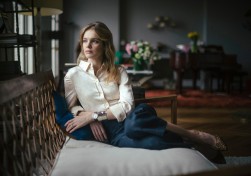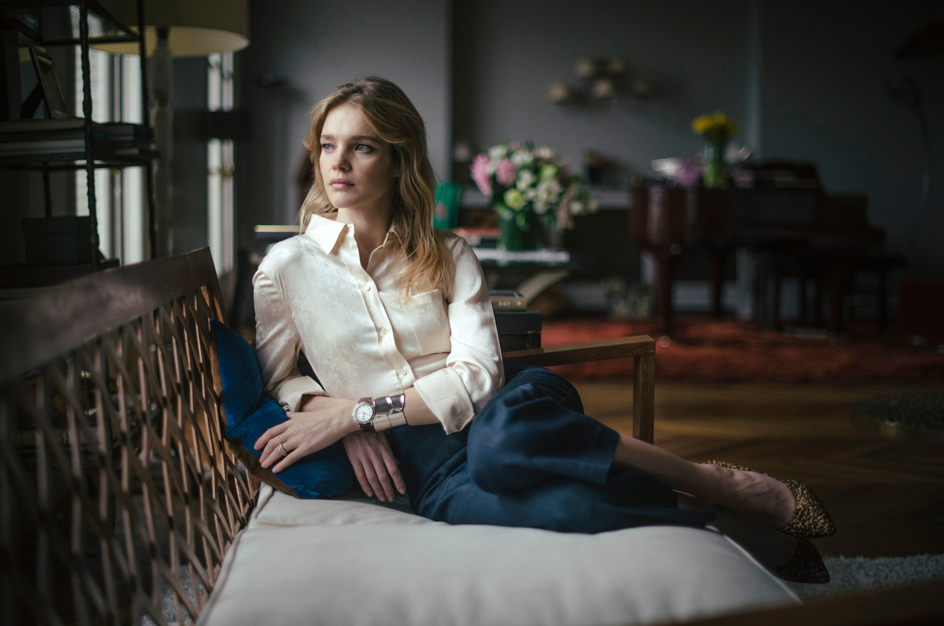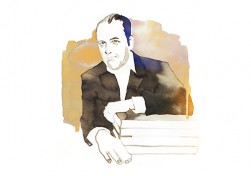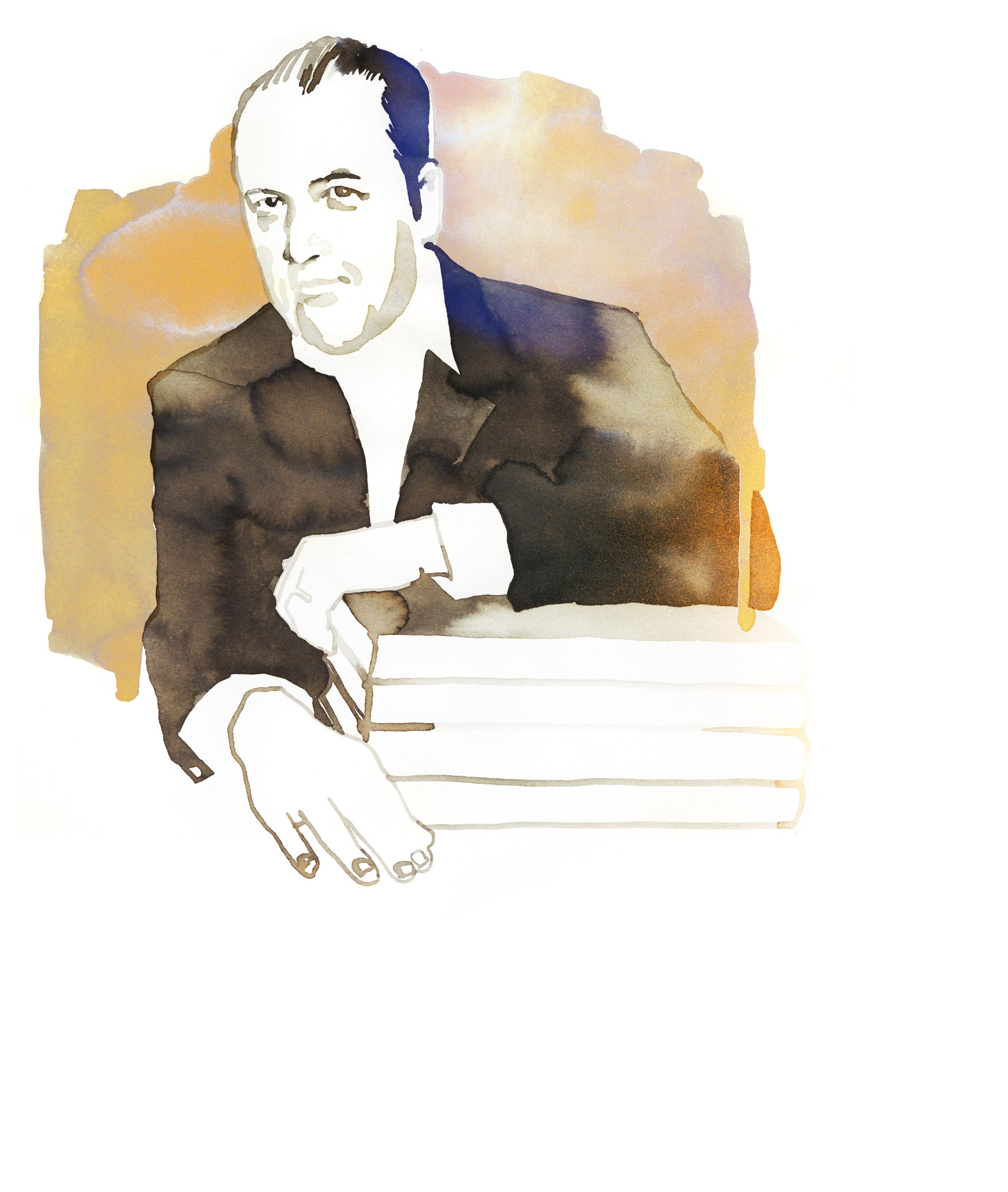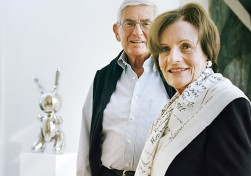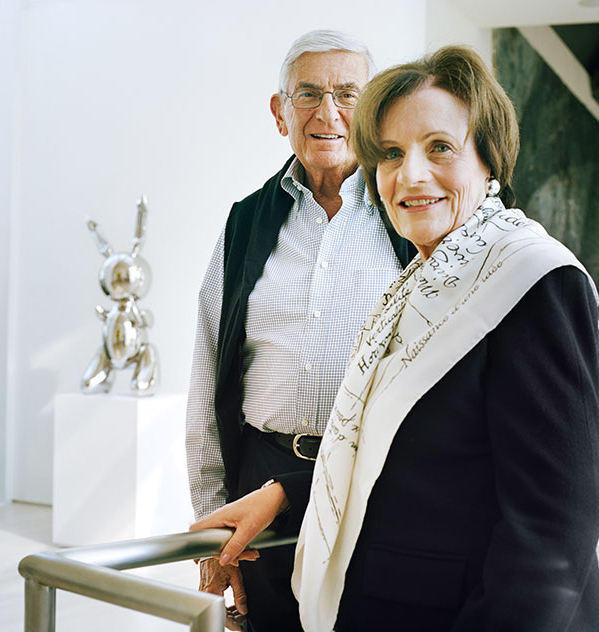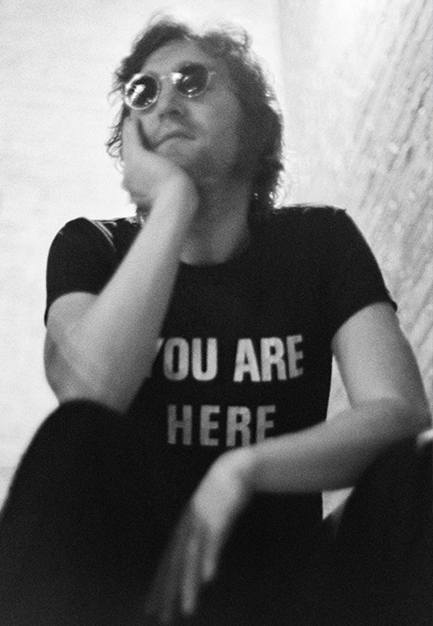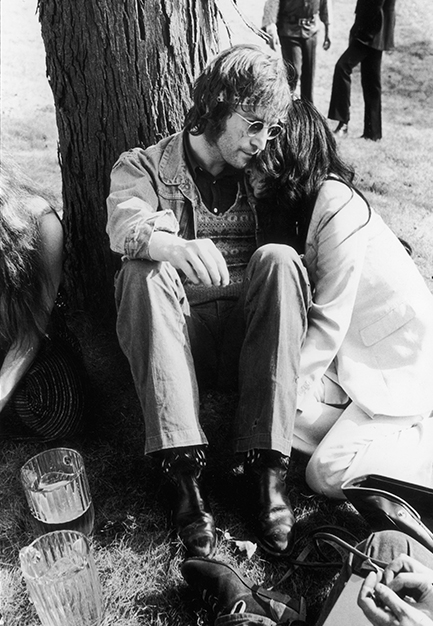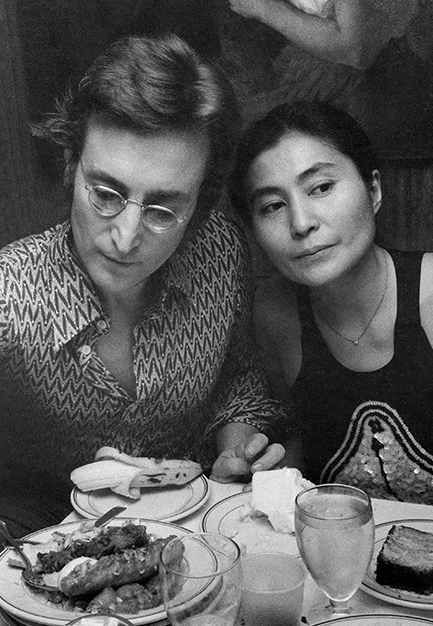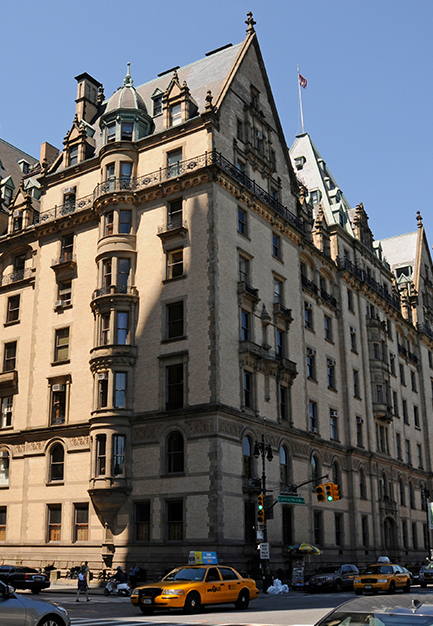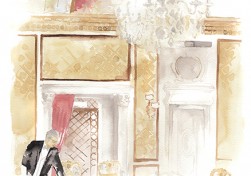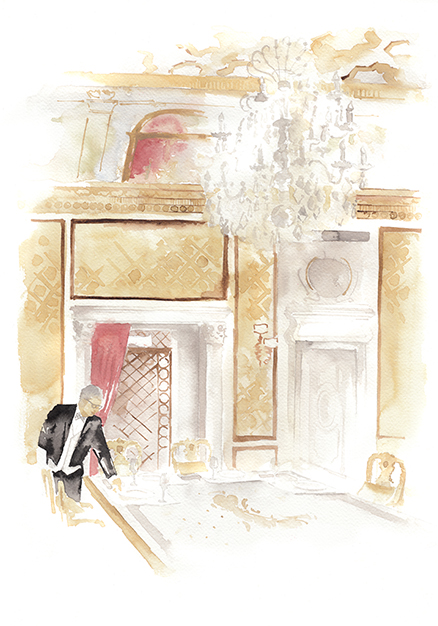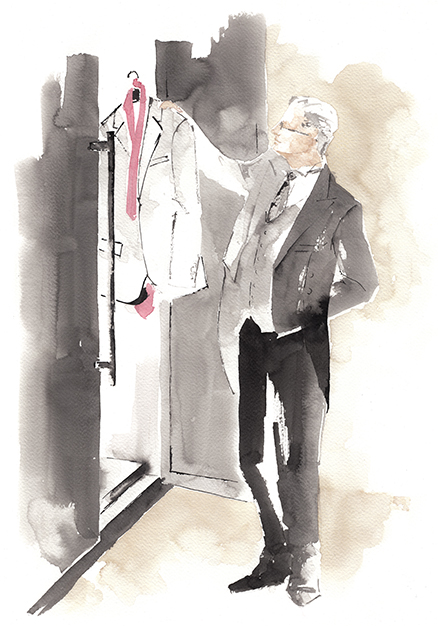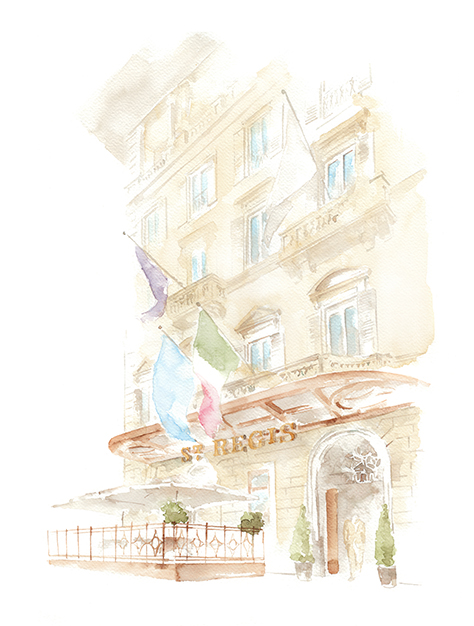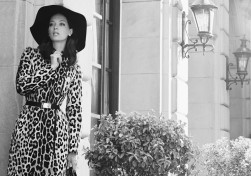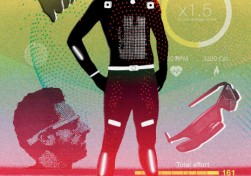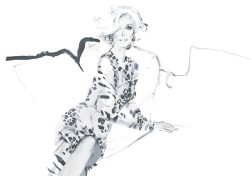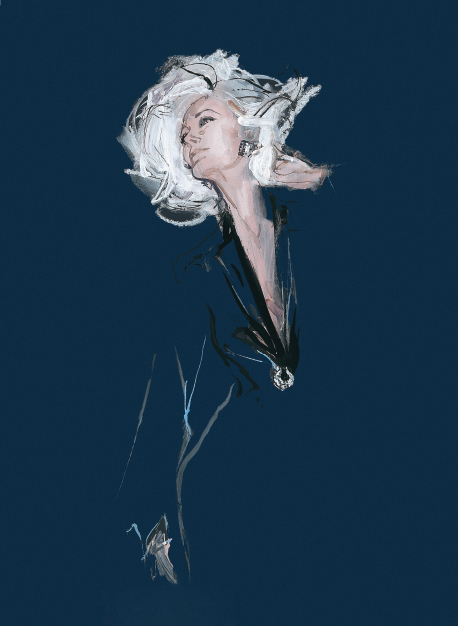The classic honeymoon
It seemed to Franz and Samantha that all their friends went to The St. Regis Maldives Vommuli Resort on honeymoon. Thus, they reasoned, The St. Regis Bora Bora Resort in the French Polynesian Islands would be something different to Instagram home about. They’re not disappointed. From the moment Sam’s Bottega Veneta-shod feet alight from the hotel boat on to the private jetty, the couple are equally charmed and seduced. They’ve decided to do it in style, booking the Royal Overwater Villa with its plunge pool and steps down to the ocean, from which Franz, who needs to recover from his 12-hour-a-day job as an Asian currency trader, launches himself daily on a three-mile swim. Sam really doesn’t mind. She’s already thinking about ordering her first Bora Mary of the day (the St. Regis hotel first created the Bloody Mary, aka the Red Snapper, in 1934, so they know what they’re doing) and wondering which sushi to eat for her lunch on the Taki Terrace. She slips into her flimsiest Marysia bikini and heads for her private cabana at the Oasis pool. “No children allowed”, reads the sign. Just how she likes it, thinks Sam – for the moment.
St. Regis destinations, other than The St. Regis Bora Bora Resort, that Samantha and Franz considered for their honeymoon: The St. Regis Mauritius Resort, The St. Regis Maldives Vommuli Resort
The baby-moon
With the final months of pregnancy approaching, Dylan and Sacha have taken time out to enjoy a pre-baby celebration in Mallorca. For a couple who adore art and worship the tennis racket, the Spanish island is ideal. Their hotel, The St. Regis Mardavall Mallorca Resort, happens to be located near Rafael Nadal’s home town – not that Dylan or Sacha ever spot the handsome Spanish tennis god. But knowing he’s around is enough. Luckily for Dylan, there’s plenty for his pregnant wife to do, including massages at the Arabella spa and viewing the art galleries in Deià. Because, alongside tennis coaching, which the hotel organizes for him, he has rediscovered another passion: cycling. “I’d forgotten how much I love it,” he says, as Sacha eyes his Lycra shorts dubiously. “Enjoy it,” she says, “because once the baby comes, there won’t be time for long bike rides.” Dylan, like all advertising types, can read between the lines. “I won’t be too long,” he says. “Excellent,” says Sacha, with a triumphant smile. “Because I’ve booked a table at Simply Fosh for an early supper, then I thought we could talk nursery colors.” As he pedals away, Dylan sees his life flashing before him.
St. Regis destinations, other than The St. Regis Mardavall Mallorca Resort, that Dylan and Sacha considered for their baby-moon: The St. Regis San Francisco and The St. Regis Bali Resort
The mini-moon
Jed and Susan had been just too busy for a proper honeymoon with all the stress of launching their digital startup. But, six months into their marriage, tempers are frayed. “We’ve just gotta get away,” Jed says to Susan. Well, he doesn’t actually say it. During the day, he and Susan communicate via SMS from consecutive floors of the tiny office building they rent. Susan’s response is as effusive as one might expect from a woman running a website: “OK.” And then, as an afterthought: “X.” San Francisco is the natural choice: confirmed urbanites, they’ve long cast themselves as Silicon Valley-philes, and now they’re going to party like them. Strolling out from The St. Regis San Francisco, they launch themselves into the hip Mission district for tacos at La Taqueria, ogle art at SFMOMA, and in Haight-Ashbury, discover a shop, The Booksmith, that sells ancient artefacts from days gone by: books. “Remember this?” says Jed, picking up a copy of Kazuo Ishiguro’s Never Let Me Go. Susan fishes her iPhone from her Céline Trio bag to Instagram her husband holding the book. “Honey,” Jed says, “Yosemite is only a drive away. Maybe we need to get back to nature?”
St. Regis destinations, other than The St. Regis San Francisco, that Jed and Susan considered for their mini-moon: The St. Regis Bal Harbour Resort, The St. Regis Dubai and The St. Regis Kuala Lumpur
The adventure-moon
Lisa can’t really call herself a Buddhist because, well, she’s not 100 per cent sure about reincarnation and she likes a good rare steak. But ever since she saw the Dalai Lama speak at Radio City Music Hall, she’s felt a deep connection. She and her partner Ronald are what they like to call “Big Travelers”. They’ve done the Rajasthan “triangle”, the cherry blossom in Kyoto and salmon spawning in Alaska. But to reaffirm their vows they really want to do something Spiritual with a big S – and what could be more spiritual than visiting the DL’s hometown of Lhasa? That is, if they venture out of The St. Regis Lhasa Resort, with its Gold Energy Spa Pool, its view of the DL’s former home and its fabulous Si Zi Kang restaurant. Dressed in their travel uniform of Banana Republic khaki combats, crisp white Ralph Lauren shirts and Tod’s loafers, the couple take in the sights – a trip to the Rongbuk Monastery at the foot of Everest and the 1,300-year-old Jokhang Temple – before bartering for Buddha statues, joss sticks and prayer beads in Barkhor Street market nearby. Almost as good for the soul as the full-body massage at the hotel spa. “Now, that,” they murmur, post-massage, as they float dreamily in the Golden Energy Pool, “was truly spiritual.”
St. Regis destinations, other than The St. Regis Lhasa Resort that Lisa and Ronald considered for their adventure-moon: The St. Regis Princeville Resort and The St. Regis Cairo
The second-moon
James and Sunita first honeymooned 20 years ago in Los Angeles – and remember it well. Both film buffs, they toured Hollywood studios, trekked up to The Sign, and even strolled together on The Walk of Fame. When, two (adult) children later, the couple want to “do it over” and celebrate the fact they’ve made it this far (unlike most of their friends), they want somewhere with a similar feel, but more exotic – like Bollywood. If in Hollywood they felt energetic, in Mumbai they’re positively on fire. This really is a city that never sleeps, and at The St. Regis Mumbai the couple really feel in the thick of it. Having toured the Bollywood film studios and taken a trip out to the 5th-century caves on Elephanta Island, they feel entitled just to hang out in their Gucci outfits in the hotel’s 40th-floor Asilo bar, sipping Aperol spritzes and gazing appreciatively out at the view. Tomorrow they’ll visit the famous Spice Market in the morning, with a synchronized full-body massage at the Four Senses spa in the afternoon. If this isn’t utter New India-style luxury, then they don’t know what is.
St. Regis destinations, other than The St. Regis Mumbai, that James and Sunita considered for their second moon: The St. Regis Langkawi and The St. Regis Punta Mita Resort





